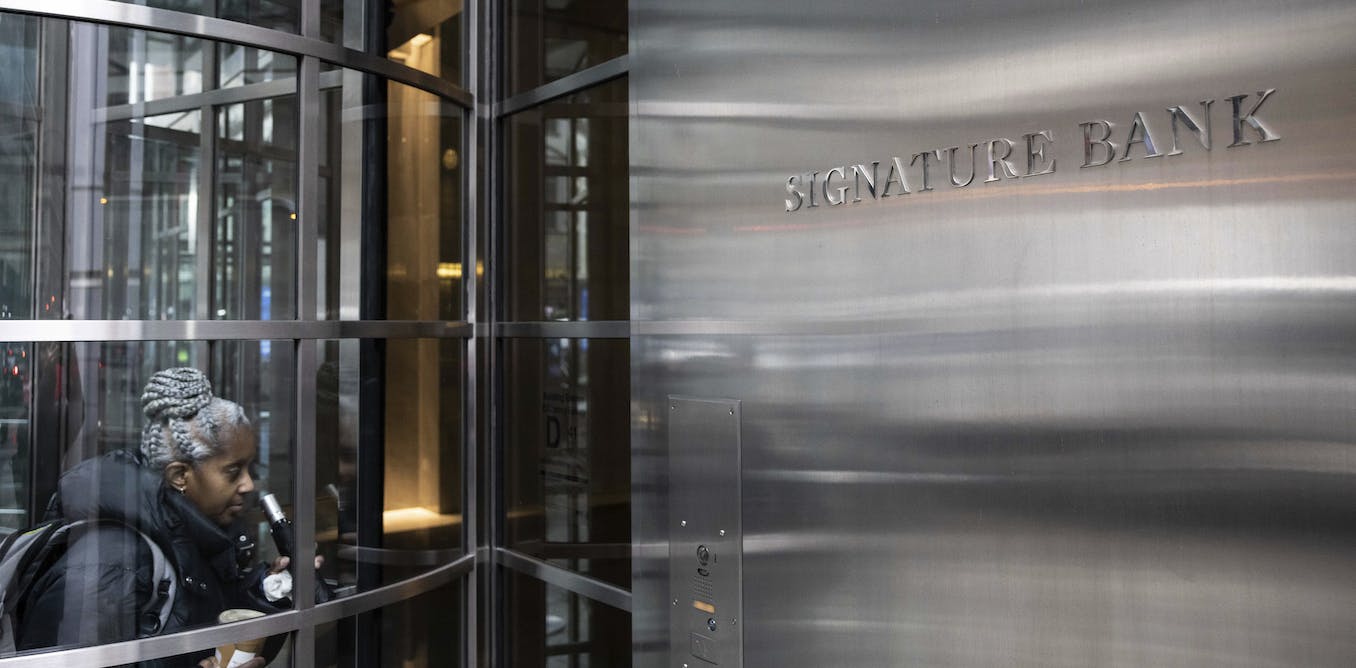Around 4 million UK households will face higher mortgage costs in 2023 with average monthly payments expected to increase from £750 to £1,000.
Banks’ lending rates are directly influenced by the Bank of England’s base rate, which rose nine times in the year to December 2022 to 3.5% and is expected to reach around 4.5% in 2023. Mortgage rates are even higher than this base rate because banks add a premium to account for the risk of borrowers not repaying their home loans. Average mortgage rates are now around 6% versus 1.9% in early 2022.
Households with variable-rate mortgages, which adjust as the base rate rises, are already feeling this change. But in 2023 around 1.8 million people with fixed-rate mortgages will come to the end of their current deals. They face an even greater shock because their payments will shoot up almost overnight.
Mortgage costs currently make up 22% of the average UK household budget, so it’s important for those looking for a new deal or trying to remortgage to understand how mortgage payments work. This will not only help you choose the best deal but could also help reduce your repayment burden.
How mortgage repayments work
Mortgage payment calculations are complex, so use a mortgage calculator (available from your bank or online). I used one to calculate repayments for John, a fictional homeowner borrowing £100,000 to buy a house worth £110,000 (so he has a £10,000 deposit). John chooses a one-year fixed-rate mortgage with a 2% interest rate and a repayment term of 20 years.
This is a repayment mortgage so John’s payments to the bank comprise two parts: the interest (the amount the bank charges John to lend him the money) and the capital repayment (which covers the total amount – £100,000 – the bank lent to John for his house).
His monthly payments will be nearly £506.
Data from www.mortgagecalculator.uk, Author provided
Looking at the breakdown of yearly payments, John will pay over £1,962 in interest for the year that his rate is fixed at 2% (marked in red below) – an average of £164 per month.

Data from www.mortgagecalculator.uk, Author provided
For the capital repayment, John will pay back just over £4,108 of the amount he borrowed (in blue above) in the year he has fixed his rate at 2%, for an average monthly capital payment of £342.
But, because he has a one-year fixed-rate mortgage, John will have to remortgage in 12 months. So what would happen if interest rates had increased by then to 5%, for example?
Subtracting the £4,108, John’s mortgage amount would be £95,892 and the term would be 19 years, while his new monthly payment would be just over £652.

Data from www.mortgagecalculator.uk, Author provided
John will be shocked to see his interest payments have jumped to slightly above £4,724 – £394 monthly on average versus £164 during his last mortgage. He will also be paying less capital back now (about £3,103 for the year versus £4,108 before his rate rose):

Data from www.mortgagecalculator.uk, Author provided
But if John lived in a different area, he could be paying even more. With a £200,000 mortgage – closer to the UK average – the monthly interest payment would increase from £327 to £822 if rates jumped from 2% to 5%.
So is there any way to soften the blow of rising mortgage rates? If you do your homework it might be possible to reduce your mortgage payments, depending on your household’s specific circumstances.
Here are five ways it’s possible to reduce your mortgage burden (please note, the following information is not financial advice):
1. Consider your mortgage options
There is a range of things you could do to provide temporary relief during the current economic downturn – but always remember to ask your lender for details of fees incurred for any changes.
For example, temporary options include switching to interest-only repayments for some short-term flexibility – but remember you must still plan to pay off the capital borrowed. Or extending your mortgage term so you pay less per month but over a longer period. If John extended his term from 19 to 30 years, for example, his monthly capital repayment would drop from £259 to £177.
You could also use some savings to reduce your loan amount while borrowing rates are high. Borrowing 90% of your house price (that is, you have a 10% deposit), will probably incur a higher interest rate than if you can put down a 25% deposit. And once you have a mortgage, overpaying whenever possible will cut your interest payments.
2. Avoid the standard variable rate
Once your fixed-rate period ends, your mortgage usually automatically moves to the lender’s standard variable rate – often the highest rate charged. Try to secure a new deal before your current rate ends to avoid this.
3. Keep your help-to-buy loan
If you bought your home with the government’s help-to-buy scheme (no longer available to new borrowers) it may be worth keeping it, rather than moving to a new mortgage provider once the interest-free period ends. This is because interest rates charged by these schemes are currently much less than market mortgage rates.
But probably the best thing you can do, especially if struggling financially, is to speak to someone.
4. Use a mortgage adviser
Independent mortgage advisers often have access to better mortgage rates than those available to anyone on the internet or from a high street bank, for example. For a £200,000 mortgage over 20 years, for example, a 5% rate versus 5.25% would save you around £500 a year.
5. Talk to your lender
Many UK banks pledged to ease pressure on struggling mortgage holders last year. This means that if you are struggling or worried about your finances, your bank may be able to help you switch to a more suitable deal without having to take another affordability test, for example.
Your bank needs to know that you’re worried in advance, so keep an eye on your finances. And while it’s best to speak up before you miss a payment, even if you fail to do so, you can still seek help and advice from your bank or other services such as Citizens Advice.




